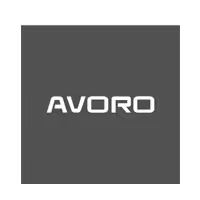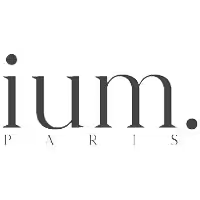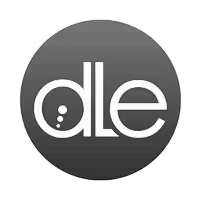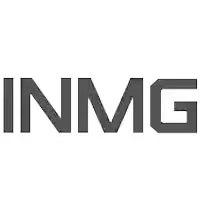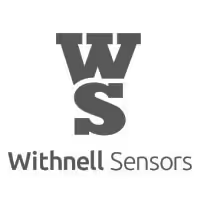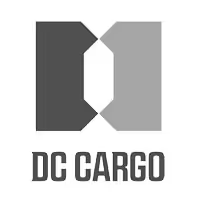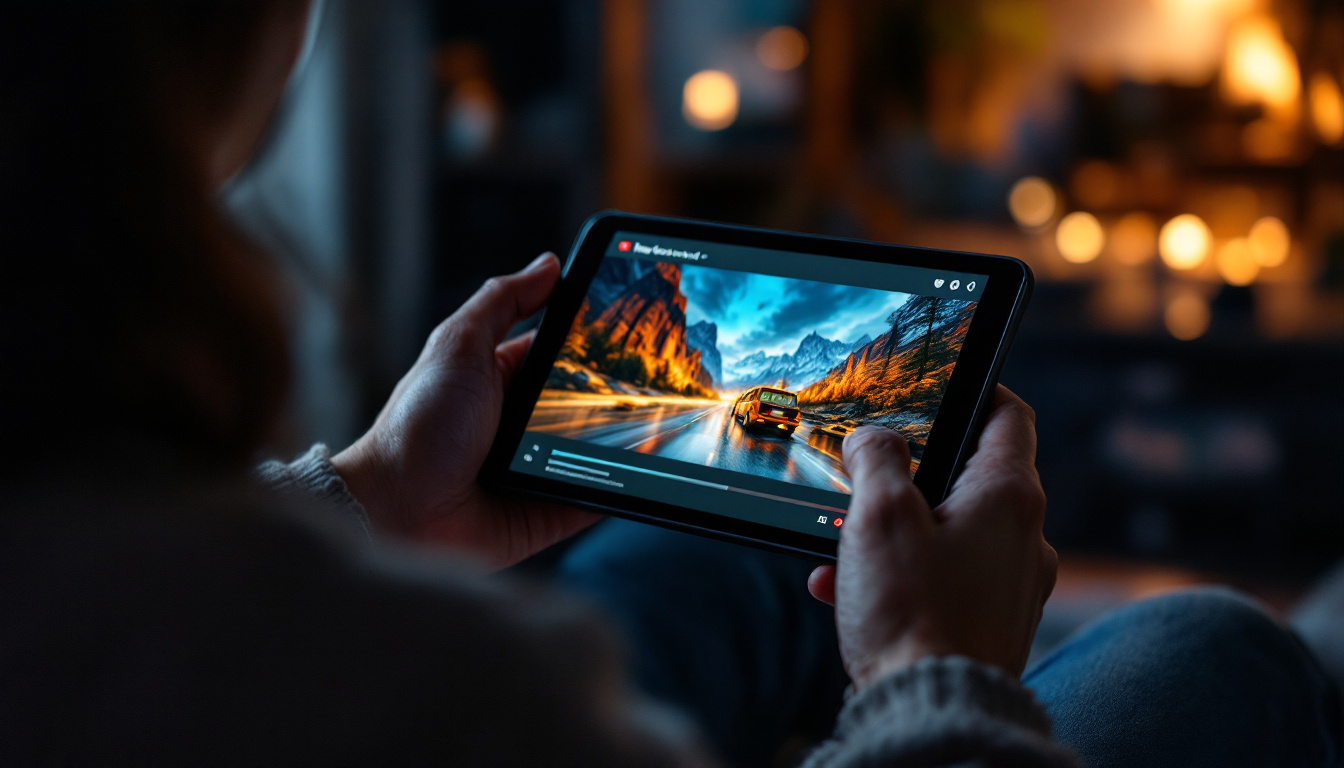Understanding CPM, CPV, and CPC in YouTube Ads

YouTube has transformed the way businesses advertise their products and services, providing a platform where visual storytelling meets targeted marketing. In this landscape, understanding various advertising metrics is crucial for optimizing ad spend and maximizing returns. This article focuses on three key metrics: Cost Per Mille (CPM), Cost Per View (CPV), and Cost Per Click (CPC). By the end, you’ll grasp their definitions, differences, and methods for calculating them, along with optimization tips to help you get the most out of your YouTube advertising campaigns.
Understanding CPM, CPV, and CPC in YouTube Ads
CPM, CPV, and CPC serve as foundational metrics in the realm of digital advertising, especially on platforms like YouTube. Each has a distinct function and offers unique insights into advertising performance.
Cost Per Mille (CPM)
CPM stands for Cost Per Mille, which translates to cost per thousand impressions. It is a pricing model where advertisers pay a set fee for every thousand times their ad is shown, regardless of who clicks on it or engages with it.
This metric is particularly beneficial for brand awareness campaigns. By focusing on CPM, companies can effectively gauge the reach of their ads and the frequency at which their target audience sees them. Additionally, CPM can help advertisers identify the most effective times to run their campaigns, as they can analyze when their target demographic is most active on the platform. This strategic approach not only maximizes visibility but also enhances the potential for brand recall among viewers, making it a vital component of any comprehensive advertising strategy.
Cost Per View (CPV)
CPV, or Cost Per View, is a metric that charges advertisers based on the number of views their video ad receives. Typically, a view is counted when a viewer watches 30 seconds of the ad or interacts with it in some way.
This model is ideal for businesses looking to drive engagement. By paying only for actual views, advertisers can ensure their budget is spent effectively, capturing interested viewers rather than merely generating impressions. Furthermore, CPV can be particularly advantageous for video content that tells a story or showcases a product in action. Engaging video ads can lead to higher viewer retention rates, and advertisers can analyze viewer behavior to refine their content strategy, ensuring that future ads resonate even more with their audience.
Cost Per Click (CPC)
CPC, or Cost Per Click, refers to the amount advertisers pay every time a viewer clicks on their ad, directing them to the advertiser's website or landing page. This model is particularly popular for performance-based campaigns where the focus is on direct conversions and measurable actions.
CPC allows advertisers to connect directly with potential customers, which can lead to higher engagement and an improved return on investment (ROI) when executed correctly. Additionally, the CPC model encourages advertisers to create compelling calls-to-action within their ads, prompting viewers to take the next step. As a result, advertisers can fine-tune their targeting parameters and ad creatives based on performance data, ensuring that they are reaching the right audience with the right message at the right time. This iterative process not only enhances the effectiveness of individual campaigns but also contributes to the overall growth of the brand's online presence.
Definitions and differences
Understanding these metrics involves knowing not only what they are but also how they differ. Here’s a breakdown:
- CPM: Focuses on impressions; cost is incurred based on views, making it suitable for brand awareness campaigns.
- CPV: Directly ties costs to engagement; ideal for campaigns focused on viewer interaction and content consumption.
- CPC: Relies on clicks; best for campaigns that prioritize immediate response and conversion.
While CPM emphasizes exposure, CPV encourages engagement, and CPC represents action. Each metric caters to different advertising objectives, and the right choice depends on a business's specific goals.
For example, if a company is launching a new product and wants widespread exposure, they might opt for CPM. Conversely, an organization aiming to drive traffic to a new landing page might choose CPC to ensure they are paying for direct clicks rather than mere views.
Moreover, understanding the nuances of these metrics can significantly enhance the effectiveness of a marketing strategy. For instance, a brand that successfully utilizes CPV can create compelling video content that captivates the audience, leading to higher viewer retention and interaction rates. This approach not only boosts engagement but also fosters a deeper connection with the audience, encouraging them to share the content and amplify its reach organically.
Additionally, businesses often find that a combination of these metrics can yield the best results. By integrating CPM for initial brand visibility and then transitioning to CPC for targeted campaigns, companies can create a comprehensive marketing funnel. This strategy allows them to build awareness first and then drive conversions, maximizing their return on investment while effectively guiding potential customers through the buying journey.
How to calculate these metrics
Calculating CPM, CPV, and CPC is straightforward. Here's how you can do it:

Calculating CPM
The formula for calculating CPM is:
- Find the cost of your ad campaign.
- Measure the total impressions generated.
- Use the formula: CPM = (Total Cost / Total Impressions) x 1000.
For example, if you spent $200 on an ad campaign that received 50,000 impressions, your CPM would be:
CPM = ($200 / 50,000) x 1000 = $4
Understanding CPM is crucial for advertisers, as it allows them to gauge the efficiency of their ad spend in relation to the visibility their ads receive. A lower CPM indicates that you are reaching a larger audience for a smaller investment, which is often a sign of a successful campaign. Additionally, monitoring CPM over time can help identify trends in audience engagement and the effectiveness of different advertising platforms.
Calculating CPV
CPV is calculated similarly, using the following formula:
- Determine the total ad spend.
- Count the total views received.
- Apply this formula: CPV = Total Cost / Total Views.
For instance, if your campaign spent $100 and garnered 1,000 views, the calculation would be:
CPV = $100 / 1,000 = $0.10
CPV is particularly significant for video advertising, where the goal is often to maximize viewer engagement. By analyzing CPV, marketers can assess the cost-effectiveness of their video content and make informed decisions about future productions. A lower CPV suggests that your video is resonating well with the audience, prompting them to watch it in its entirety, which can lead to higher brand recall and conversion rates.
Calculating CPC
The formula for CPC is also straightforward:
- Identify the total cost of your campaign.
- Count the number of clicks received.
- Use the formula: CPC = Total Cost / Total Clicks.
If an ad campaign costs $150 and results in 300 clicks, the CPC would be:
CPC = $150 / 300 = $0.50.
CPC is a vital metric for performance-based advertising, as it directly correlates to the effectiveness of your call-to-action. A lower CPC indicates that your ads are compelling enough to encourage users to click, which is essential for driving traffic to your website or landing page. Additionally, analyzing CPC across different campaigns can provide insights into which ad creatives or targeting strategies yield the best results, allowing marketers to optimize their efforts for maximum return on investment.
Tips for optimizing ad spend
Optimizing ad spend on YouTube requires strategic planning and regular analysis of these metrics. Here are several practical tips:

- Target the Right Audience: Utilize YouTube’s targeting options to reach the audience most likely to engage with your content.
- Experiment with Different Ad Formats: Different video formats (skippable, non-skippable, bumper ads) may yield different results. Test them to find the best fit.
- Analyze Performance Regularly: Use YouTube Analytics to track performance over time and make data-driven adjustments.
- Optimize Video Content: High-quality, engaging video content is more likely to generate views and interactions, directly impacting CPV and CPC.
- Refine Keywords: Use relevant keywords for your target audience to improve ad visibility and reduce unnecessary spending.
In addition to these strategies, consider leveraging remarketing techniques to re-engage users who have previously interacted with your content. By serving tailored ads to users who have shown interest, you can increase conversion rates and maximize the effectiveness of your ad spend. Furthermore, incorporating A/B testing can provide valuable insights into which ad variations resonate best with your audience, allowing you to refine your approach continuously.
Another crucial aspect is to stay updated with YouTube’s evolving advertising features and best practices. The platform frequently rolls out new tools and options that can enhance your campaigns, such as advanced targeting capabilities and interactive ad formats. Engaging with the YouTube Ads community and attending webinars can also provide fresh perspectives and innovative ideas for optimizing your ad strategy, ensuring that your campaigns remain competitive and effective in a rapidly changing digital landscape.

As a Google Ads expert, I bring proven expertise in optimizing advertising campaigns to maximize ROI.
I specialize in sharing advanced strategies and targeted tips to refine Google Ads campaign management.
Committed to staying ahead of the latest trends and algorithms, I ensure that my clients receive cutting-edge solutions.
My passion for digital marketing and my ability to interpret data for strategic insights enable me to offer high-level consulting that aims to exceed expectations.
Google Partner Agency
We're a certified Google Partner Agency, which means we don’t guess — we optimize withGoogle’s full toolkit and insider support.
Your campaigns get pro-level execution, backed by real expertise (not theory).
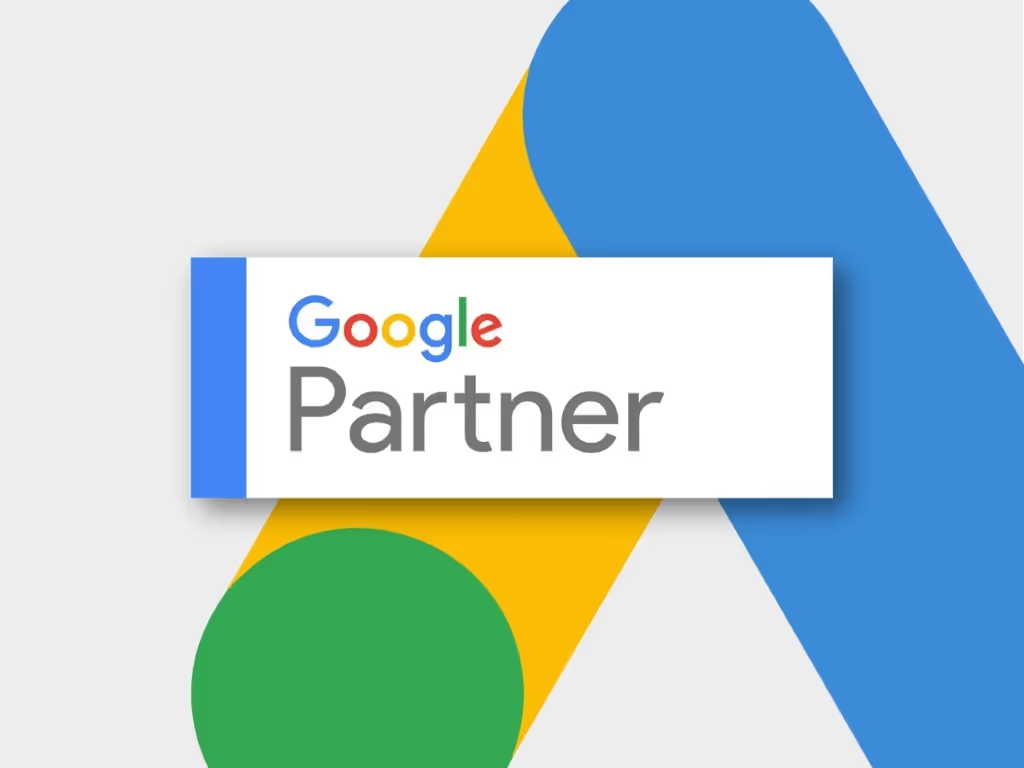
4.9 out of 5 from 670+ reviews on Fiverr.
That’s not luck — that’s performance.
Click-driven mind
with plastic-brick obsession.
We build Google Ads campaigns with the same mindset we use to build tiny brick worlds: strategy, patience, and zero tolerance for wasted pieces.
Data is our blueprint. Growth is the only acceptable outcome.

